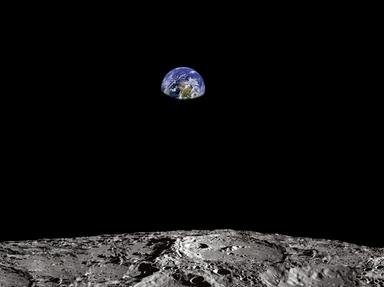Quiz Answer Key and Fun Facts
1. Of the seven members of Astronaut Group 1, three came from the US Navy and three from the US Air Force. Which of them was the lone US Marine?
2. Deke Slayton was scheduled to fly in the second Mercury orbital mission in mid 1962. What name did he give his spacecraft?
3. In late 1965, Wally Schirra became the third member of Group 1 to fly in space twice, when he commanded Gemini 6A. Which achievement took place on this flight?
4. Alan Shepard waited a decade for his second spaceflight, eventually landing on the Moon in 1971 as commander of Apollo 14. What medical condition had seen him grounded for almost ten years?
5. NASA's second group of astronauts were the first to include civilians among their number, with two of the nine not serving in the armed forces when they were recruited. Neil Armstrong was a NASA test pilot, but for which engine manufacturer was Elliot See working when he became an astronaut?
6. The first in-flight emergency to be suffered by an American spacecraft came in early 1966, when Gemini 8 was forced to land just eight hours into a planned three-day mission. Which member of the second group of astronauts was the flight's commander?
7. John Young flew multiple missions in several of NASA's manned spaceflight programs from his selection as an astronaut in 1962. Which one did he not fly in?
8. In 1975, Tom Stafford became the first US flag officer to fly in space when he was named as the American commander of the joint US-Soviet Apollo-Soyuz mission. At the time, he held a one-star rank in which of the US Armed Forces?
9. NASA recruited its third group of astronauts in 1963 as a result of the ever expanding flight schedule during Project Gemini and Project Apollo. Which member of the group was the first to fly in space?
10. Of the fourteen members of Group 3, a total of ten eventually flew in space, all of whom flew on at least one Apollo flight, either as a Command Module Pilot (CMP) or Lunar Module Pilot (LMP). In which crew position did the majority of them fly?
Source: Author
Red_John
This quiz was reviewed by FunTrivia editor
ponycargirl before going online.
Any errors found in FunTrivia content are routinely corrected through our feedback system.
